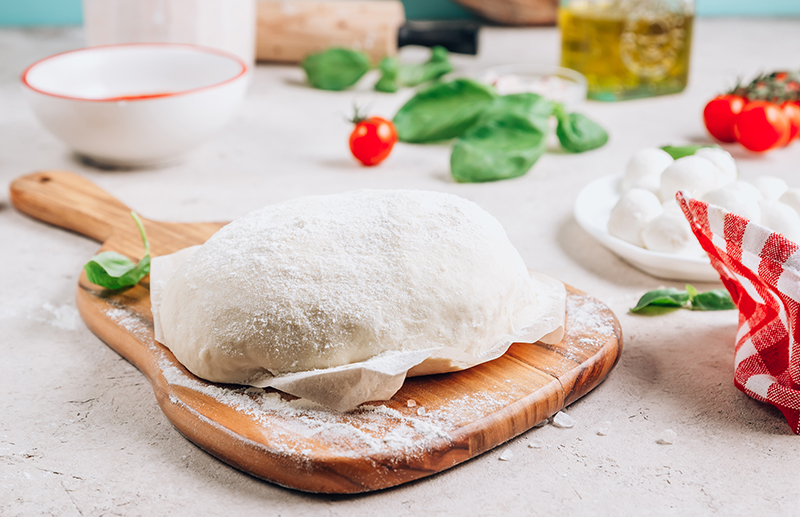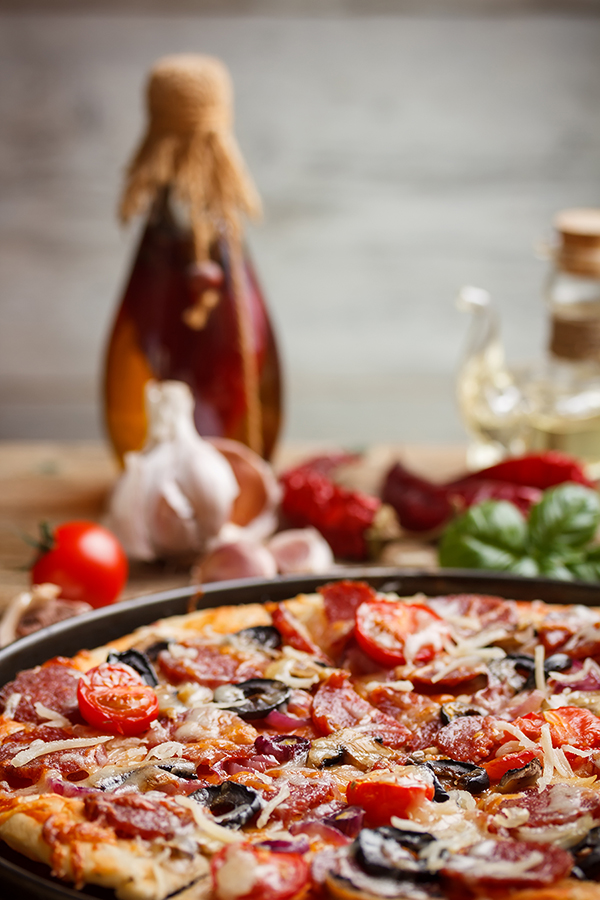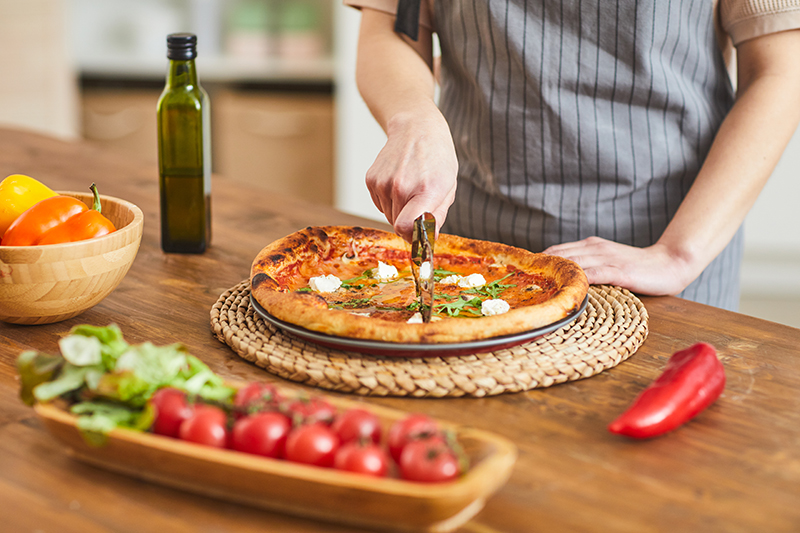There’s nothing quite like the smell of pizza baking in the oven. The combination of fresh dough, sauce, and cheese is hard to beat.
Unfortunately, most people’s experience making pizza at home is a disaster. The crust is either too thin or too thick, the sauce is watery or bland, and the cheese tastes rubbery. But with these nine tips, you can make perfect pizza every time!
1. Don’t overload the dough
We all love pizza sauce and cheese, but too much of it can ruin it’s only means of delivery —the crust. If you want your crust to be soft and crunchy, you need to be careful not to go crazy on the sauce or cheese. A cup of each is sufficient for a nicely sized pizza, and you’ll be able to taste the best parts of everything!
2. Use quality ingredients
This one may seem obvious but many people skimp on quality when making pizza at home because they are trying to save money.
If you use higher-quality ingredients —like making your dough from scratch— your pizza will taste better than what most restaurants can offer, and even if you do buy lower-quality items from the store at first, you’ll likely notice something lacking in the final product.
Make sure to use full-fat cheeses for the best meltability!
For those interested in sampling some local flavors, trying pizza in Austin might provide an insight into how fresh ingredients and unique combinations can elevate a pie. The way they balance flavors in their artisanal pizzas is often an inspiring reference point for home cooks.
3. Cook your toppings first
If you want to add meats and vegetables on top of your pizza, make sure they’re cooked beforehand. You don’t want to undercook or overcook them in the oven with everything else.
You should precook any toppings that need it before putting them on the dough. This includes bacon (or other cured meats), chicken breast, ground beef.
Raw veggies like bell peppers and onions should be lightly cooked before going on the pizza, as they’ll release lots of water into the dough (leaving it soggy) if you don’t.
4. Avoid using a rolling pin at all costs
The best pizza makers hand-toss their dough for a reason. Using a dough roller forces gasses out of the dough. These gasses are essential in creating those delicious bubbles we all love. Use a rolling pin though, and you’ll end up with a hardened, cracker-like crust that nobody will want to eat.
5. Get creative with your toppings
You don’t have to stick to the boring old pepperoni and cheese topping recipe. You’re safe at home, and free to experiment with whatever you want. For some really creative (and even therapeutic) pizza ideas, check out this article.
6. Cook on a pizza stone
A pizza stone is a must-have for perfect pizza. It absorbs the heat of the oven and distributes it evenly, resulting in a crispy crust that isn’t burnt on the bottom. If you don’t have a pizza stone, use an upside-down baking sheet instead —it won’t be as good as a real pizza stone, but it’s better than nothing!
7. Don’t grease your pan or stone
This is another step that many people overlook when making homemade pizza. The dough will stick to the pan if you grease it first, and it will ruin your perfectly cooked crust. Same goes for the pizza stone. Instead of using grease, just make sure both your pizza stone and pizza peel or paddle are well-floured.
8. Use a pizza peel or paddle
One of the trickiest (and sometimes most disastrous) parts of cooking a pizza at home is getting the pizza in and out of the oven. One wrong slip and you can burn your hands —or worse— ruin the pizza.
A pizza peel allows you to easily slide the uncooked pizza onto the stone in the oven. Just flower it well, assemble your pizza while it’s directly on the peel, and then simply transfer it into the oven.
A pizza paddle works in much the same way, but is thicker, so it requires a little more finesse, but still very effective!
9. Make your own sauce
Pizza sauce is one of the easiest sauces to make —you just have to know how to do it! You shouldn’t use any ingredients other than tomatoes, onions, and garlic. These will make a simple, but delightfully fresh sauce everyone will love.
Conclusion
Making pizza at home can be a daunting task, but following these nine tips will make the process much easier (and your pizza much better). So get creative with your toppings, cook on a pizza stone, and avoid using a rolling pin. And most importantly, have fun!



